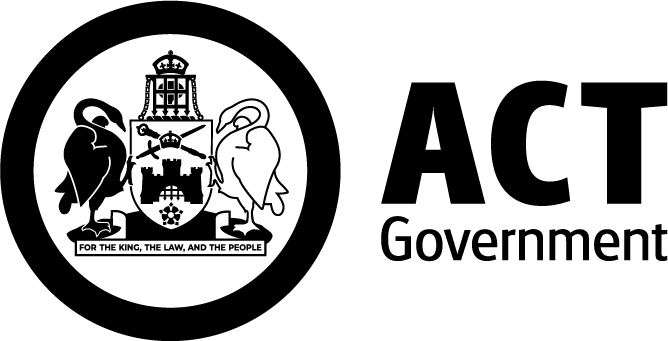Death cap mushrooms
The death cap mushroom (Amanita phalloides) is a deadly poisonous fungus that is found across the Canberra region. There have been multiple poisonings and deaths associated with death cap mushrooms in the ACT.
Death cap mushrooms can grow anywhere in our region, at any time.
All parts of the death cap mushroom are poisonous.
Eating even a small amount of a death cap mushroom can kill you.
Death cap mushrooms remain potentially lethal, even if cooked.
Medical treatment
If you think you may have eaten a death cap mushroom:
- Seek immediate medical attention at a hospital emergency department.
- Do not wait for symptoms to occur.
- The chances of survival increase when treatment is started early.
- Take any remaining mushroom to the hospital for identification.
- Do this by placing any remaining mushroom in a sealed and labelled container.
- Wash your hands and any equipment or tools which have come into contact with the mushroom.
Symptoms of poisoning
Symptoms of death cap mushroom poisoning usually occur 6–24 hours after ingestion and include abdominal pains, nausea, vomiting and diarrhoea. Symptoms may improve or go away for 1–2 days giving a false impression of recovery. However, by this stage the toxin will have already caused serious liver damage. Liver failure and death may occur.
If poisoning is suspected, please attend a hospital emergency department. You can get more information and assistance by calling the Poisons Information Centre on 13 11 26 (24 hours a day, seven days a week).
Death cap mushroom sightings
It can be very hard to distinguish death cap mushrooms from edible mushrooms, even for experienced collectors.
Sightings on public land
If you think a death cap mushroom may be growing in a public area, report it to Access Canberra on 13 22 81 or go to Fix My Street.
Sightings on private property
If you have wild mushrooms growing at home:
- Keep children and pets away from them.
- Do not touch them with bare hands.
- Remove them using gloves or tools and place them in a plastic bag.
- Dispose of the bag with your household rubbish, making sure it cannot be accessed by children or animals.
- Wash your hands and any tools used to help remove mushrooms.
Staying safe from death cap mushrooms
Do not touch or eat wild mushrooms.
Talk to your family and friends about staying away from any wild mushrooms.
Remind visitors and people new to the ACT that death cap mushrooms grow in Canberra.
Keep children and pets away from wild mushrooms.
Remove wild mushrooms before mowing, as this can actually spread them further.
Kicking or stomping on wild mushrooms will not eradicate them or eliminate the risk they pose to children or pets.
Do not compost wild mushrooms.
Resources
Posters
- Death Cap Mushrooms [PDF 364 KB]
- Death Cap Mushrooms - Chinese Simplified [PDF 259 KB]
- Death Cap Mushrooms - Chinese Traditional [PDF 3.3 MB]
Flyers
- Death Cap Mushrooms flyer [PDF 270 KB]
- Death Cap Mushrooms - Chinese Simplified flyer [PDF 259 KB]
- Death Cap Mushrooms - Chinese Traditional flyer [PDF 3.3 MB]
- Death Cap Mushrooms - Amharic [PDF 217 KB]
- Death Cap Mushrooms - Arabic [PDF 165 KB]
- Death Cap Mushrooms - Dinka [PDF 344 KB]
- Death Cap Mushrooms - Farsi [PDF 165 KB]
- Death Cap Mushrooms - Hindi [PDF 170 KB]
- Death Cap Mushrooms - Japanese [PDF 177 KB]
- Death Cap Mushrooms - Korean [209 KB]
- Death Cap Mushrooms - Thai [PDF 164 KB]
- Death Cap Mushrooms - Turkish [PDF 164 KB]
- Death Cap Mushrooms - Urdu [PDF 171 KB]
- Death Cap Mushrooms - Vietnamese [PDF 178 KB]
